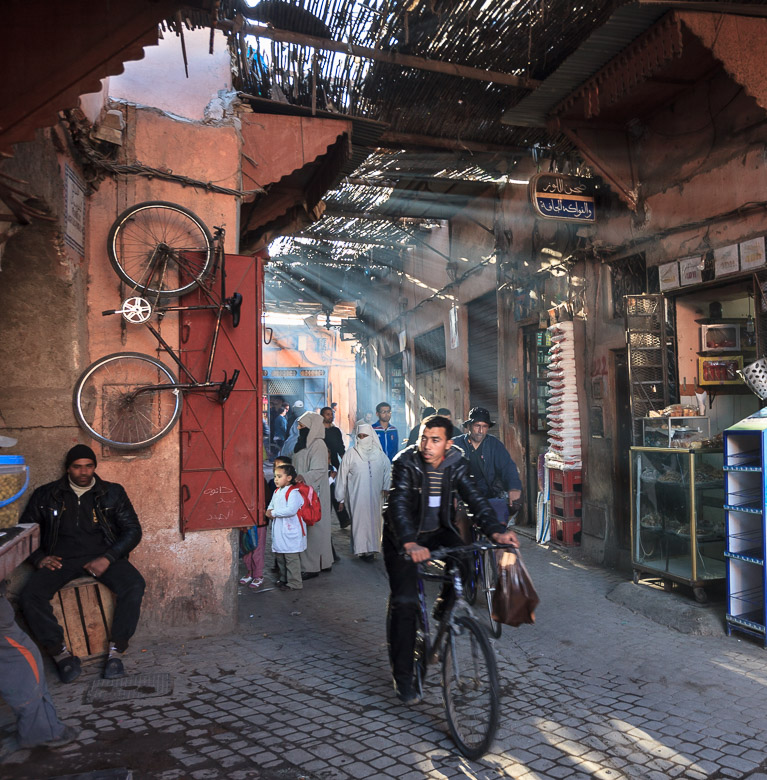Berbers
I start with the Berbers in Sahara. The Berbers lived in North Africa long before the arrival of the Arabs and their culture probably dates back more than 4,000 years. In the seventh century AD the Arabs invaded the countries and they have since dominated the culture. The Arabs live in the more civilised cities. In all the Berber countries (Morocco, Algeria, Libya, Tunisia) they now speak Arabic. The Berbers remain a dominating ethnic group in the desert itself and in some towns in south Morocco (I am not sure of the other countries that comprise Sahara).
In the 11th and 13th centuries two Berber dynasties, the Almoravids and the Almohads, controlled large part of Spain as well as north-west Africa. The Berbers are (in my opinion) more open and welcoming than the Arabs, there are more tolerant in the expressions of their religion, the women don’t necessarily cover their faces, but as in all countries with Muslim beliefs there is a substantial difference between men and women.
Traditionally the Muslims don’t depict humans. In a mosque there are only abstract forms painted on the tiles and flowers but no living things. In modern Berber art there is a tendency to depict women as well as men, but the women are often viewed from behind. Sometimes I felt obliged to respect that in my photography, if I wasn’t expressly invited to capture the face of a woman.
The architecture of Berber villages and towns is very special. The building material is the same sandstone and clay that is found everywhere. It must be constantly maintained; otherwise it will dissolve and be destroyed. Many of their old towns as well as individual palaces are well preserved. Lamb in all forms is a staple diet.
Mongols
There are around three million people in Mongolia of which half live in cities and the other half still roams freely on the steppes or in the Gobi Desert. Mongolia is the most sparsely populated country in the world, and the Mongolians are outnumbered by their horses. Their greatest period was during the 12th to 14th centuries, when Genghis Khan built an empire covering a continued land mass larger than at any time before and ever thereafter has been formed.
It was their closeness to the horse that made this empire possible, and the horse is still today their most valued possession. Their famous games of Naadam consist of three sports: Wrestling, archery and horse racing. The horse racing is mainly done with young jockeys between as young as 5 years and up to early teens.
A lot of the Mongols still live a semi-nomadic life. They live in a kind of tent, the Ger, that can be dismounted and moved around or they can move the whole gear on a platform drawn by camels or horses.
Himbas
In Namibia the Himba tribe is unique. They live on the outskirts of the Namibian desert. They are tall and slender. The women cover themselves completely with a paste made of fat, ochre and herbs which they put on their skin. As water is scare they often clean themselves just by the paste they put on their skin. It protects them from the sun and from insects and its red colour enhances their beauty (as they see it). The paste is also covering the hair and their intricate hairdos.
Nowadays the Himbas are mainly found in northern Namibia on the border with Angola. There are about 50,000 of them in total. They live a simple life in small huts made of mud and dung. Their society is polygamous. The chief in the village I visited had three wives and they were all living together and shared all duties.



